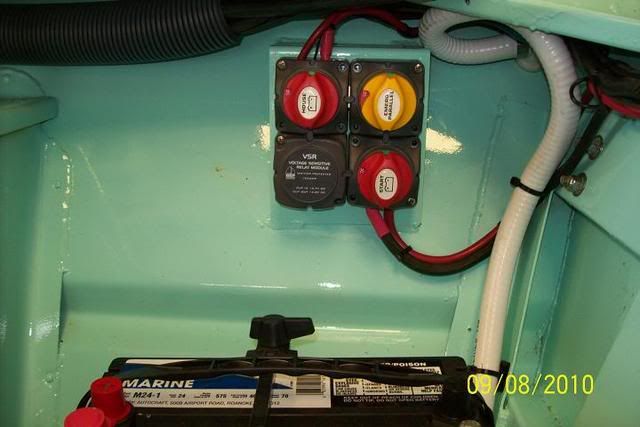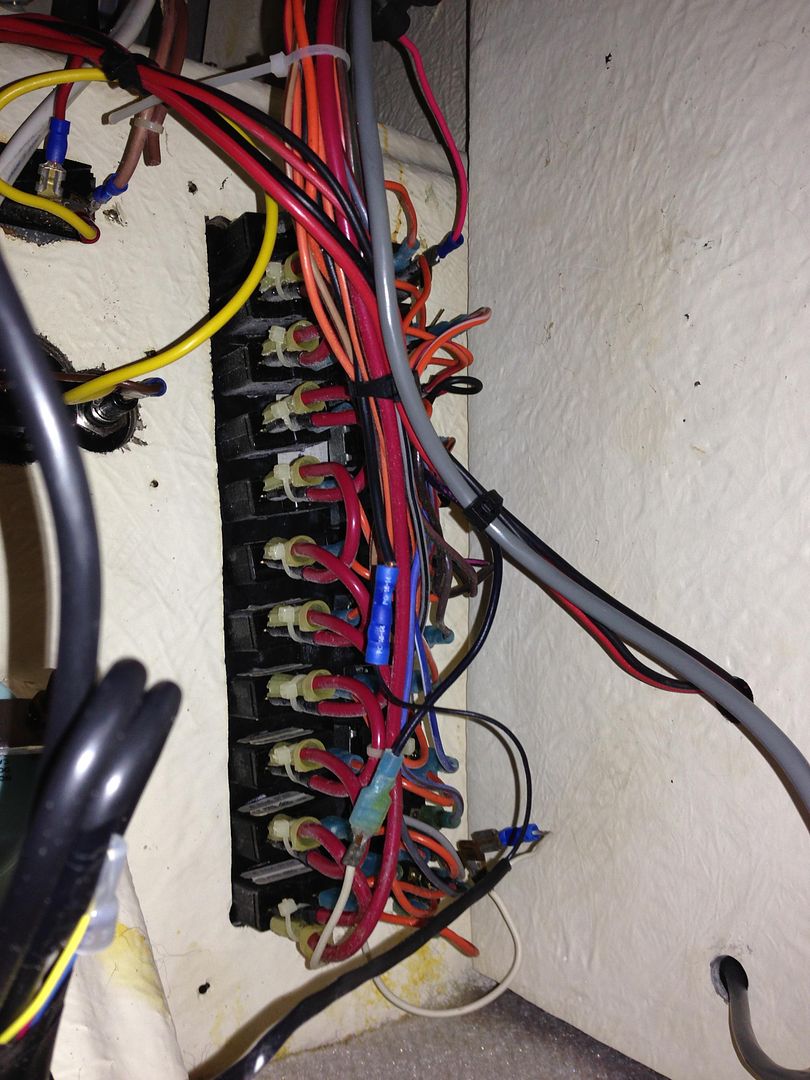miky2884
Well-known member
warthog5":3bfu25jj said:First thing you need to do is get some Tilex Mold & Mildew Remover and Douche down all that bilge area.

Or get Kevin (megabyte) to pay a visit to your boat he will get that baby sparkling. He is probably cringing looking at those pics!











































